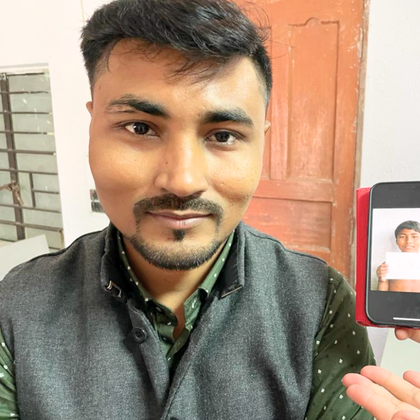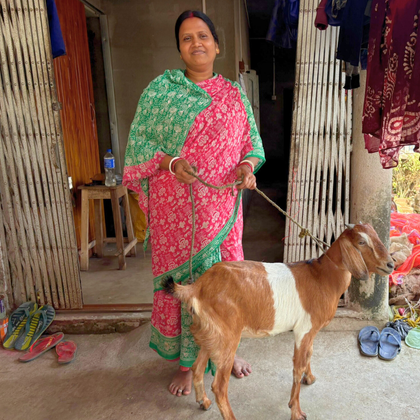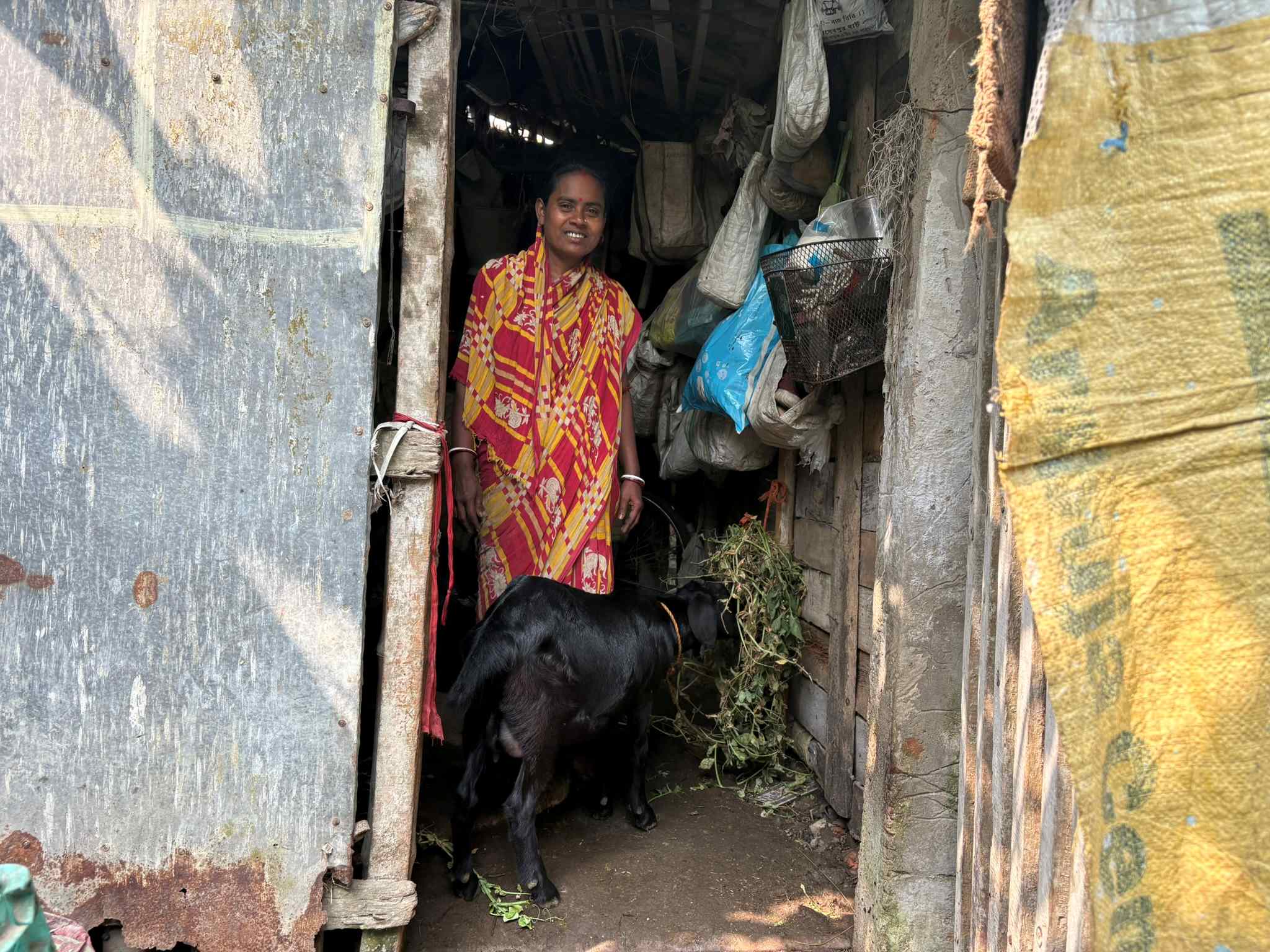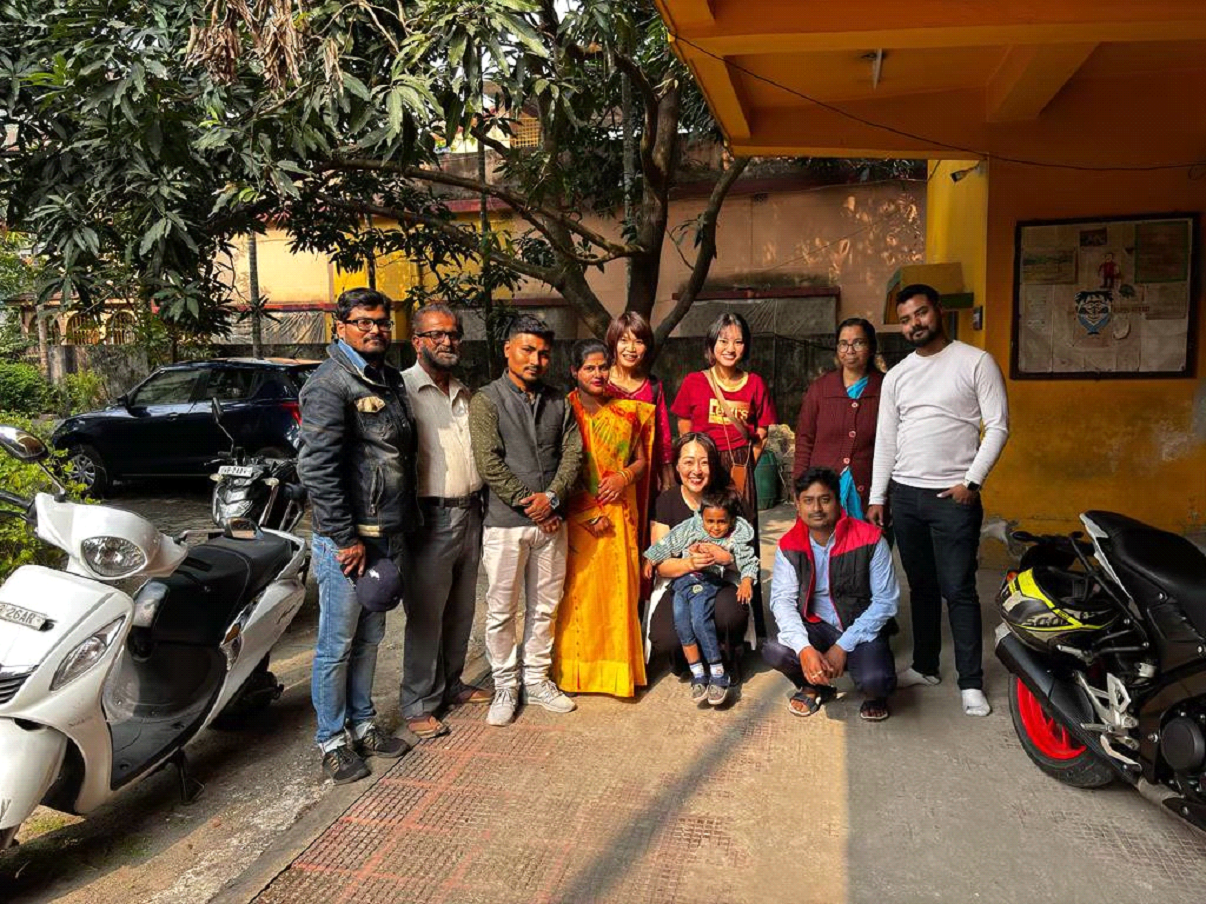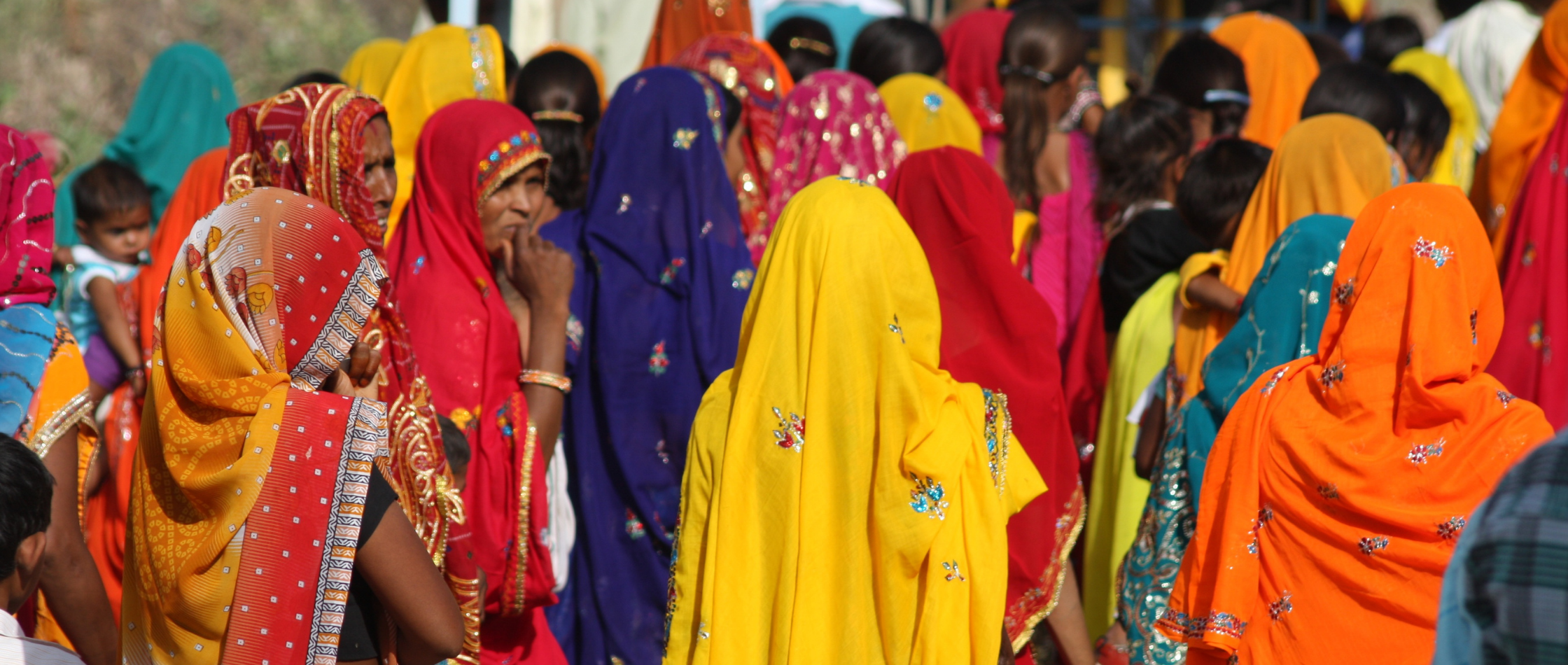
India
インド
India
インド基本情報
南アジアに位置し、様々な言語・文化・宗教を持つ人々が暮らすインドは、世界最大の人口を誇る国です。近年、急速な経済発展を遂げていますが、一方で、貧困やカーストによる社会的格差、ジェンダー不平等、児童労働など、依然として深刻な課題が残されています。
| 国名 | インド共和国 |
|---|---|
| 首都 | ニューデリー(New Delhi) |
| 国土 | 328万7,469平方キロメートル(インド政府資料:パキスタン、中国との係争地を含む) |
| 人口 | 14億1,717万人 |
| 言語 | 連邦公用語はヒンディー語、他に憲法で公認されている州の言語が21言語 |
| 宗教 | ヒンドゥー教徒79.8%、イスラム教徒14.2%、キリスト教徒2.3%、シク教徒1.7%、仏教徒0.7%、ジャイナ教徒0.4% |
※出典:外務省ホームページ
Social Issue
数字で知る、インドの社会課題
Our support
私たちの活動
インドでは、100人に約11人の子どもが学校に通えていません。背景には、親の収入が不安定で子どもが働かなくてはいけない状況や、公立学校の授業料は無料でも、制服や文房具といった費用が家計の負担となっている現実があります。さらに、教室や教員の不足により十分な学習環境が整っておらず、「通っても意味がない」と感じてしまう家庭も少なくありません。
私たちは、こうした教育格差の解消を目指し、子どもたちが安心して学べる環境づくりや、教育へのアクセスを広げるための支援活動に取り組んでいます。
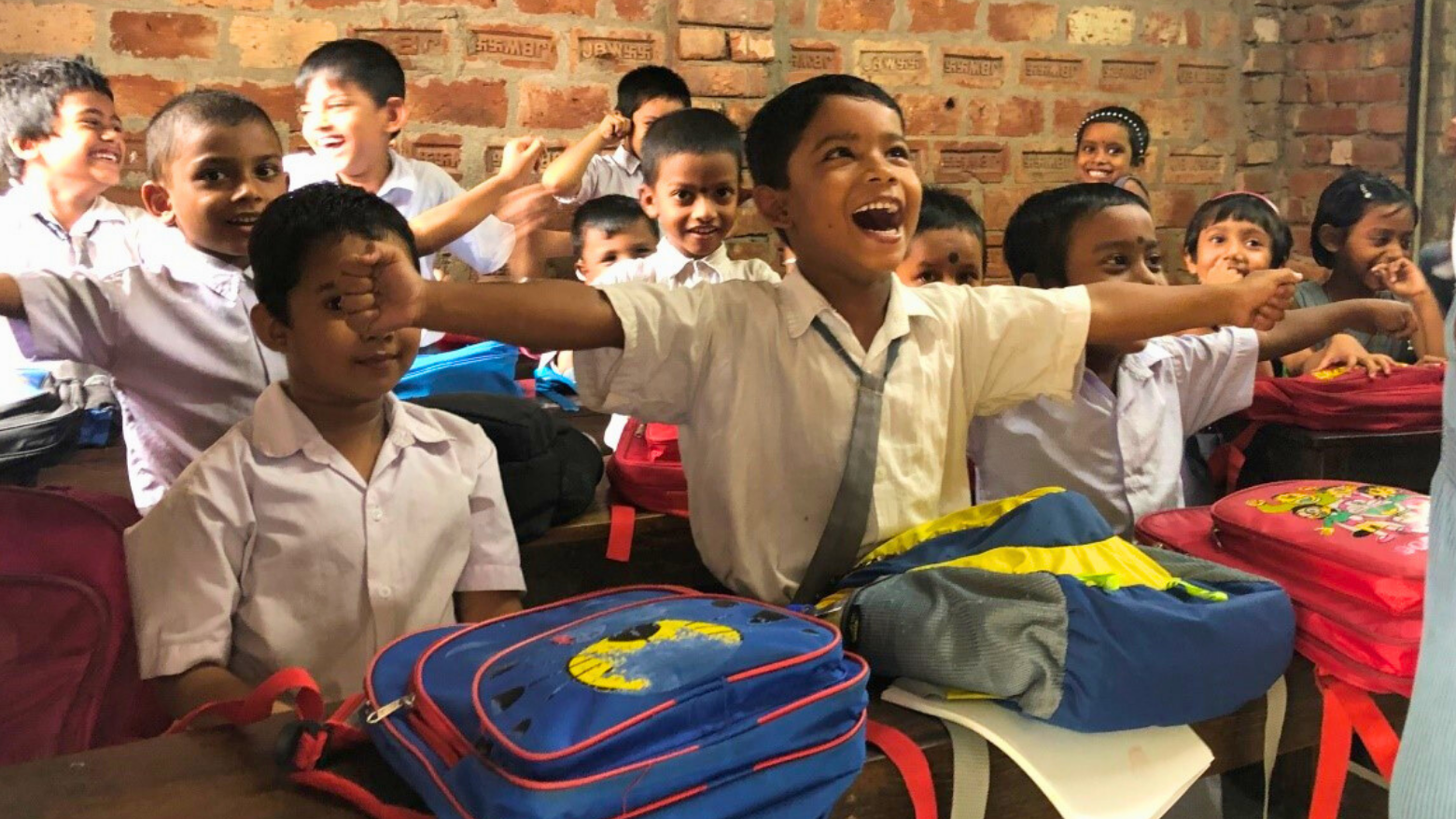
貧困家庭の子どもへの教育支援
私たちは、コルカタとムンバイの現地パートナーが運営する学校を通じて、貧困家庭の子どもたちに学費・制服・教材などを提供しています。また、学校の施設整備や教員研修も行い、子どもたちが安心して学び続けられる、質の高い教育環境づくりに取り組んでいます。
支援地域:インド・コルカタ
現地パートナー:CCD(Centre for Communication and Development)
支援地域:インド・ムンバイ
NEWT(Nasiha Education & Welfare Trust)
Voice
インド現地からの声
寄付でできること
例えば2,500円で

検診&衛生キット1人分
例えば3,000円で

学用品1人分
例えば30,000円で
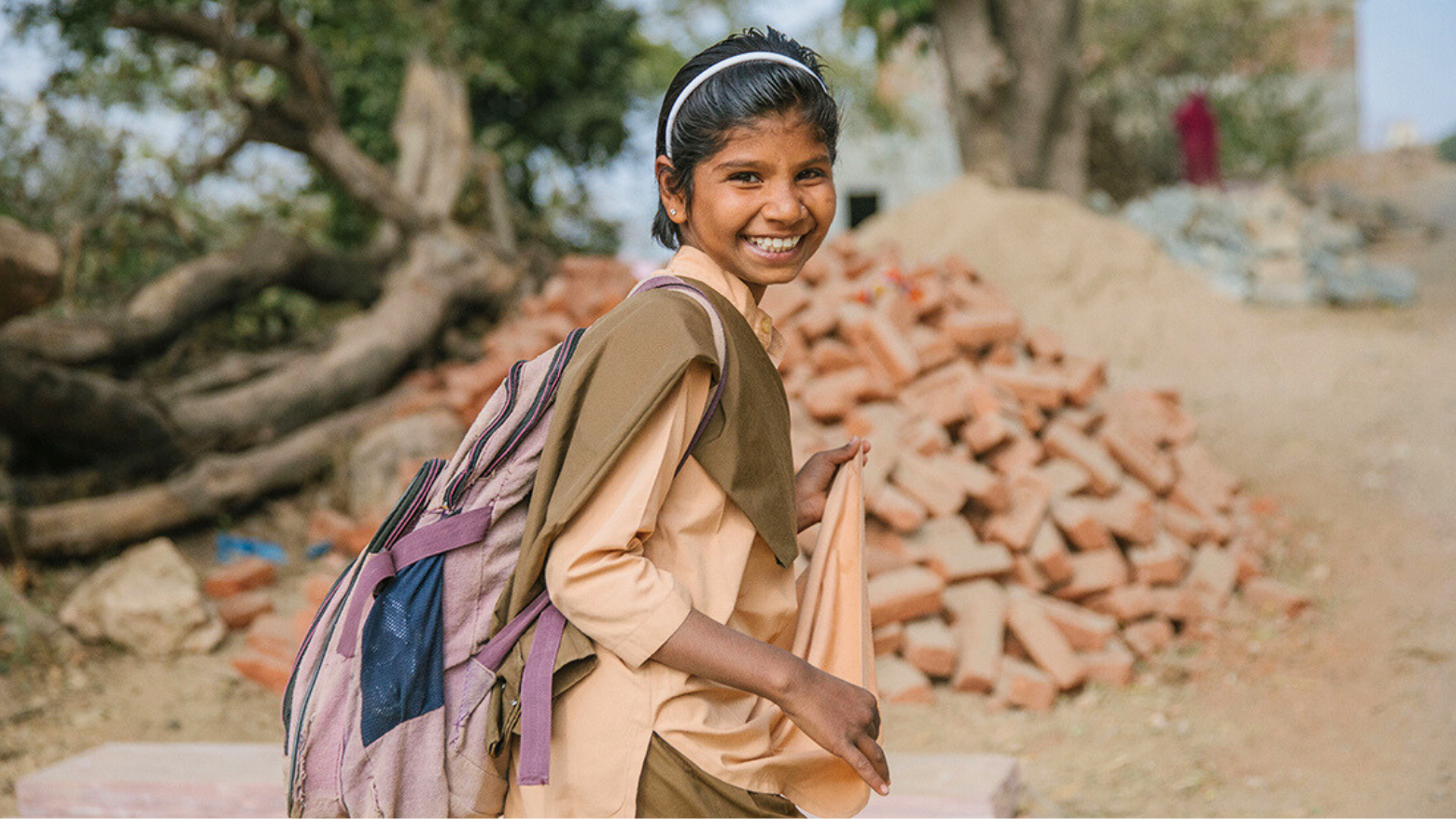
1年間の学費1人分
Activity
これまでの主な活動
-
2000年~現在
緊急・復興支援
-
2002年~現在
CCD支援プログラム
-
2003年~現在
ムンバイ貧困家庭の子ども支援
-
2009~2021年
ラジャスタン州村落自立支援
Report

